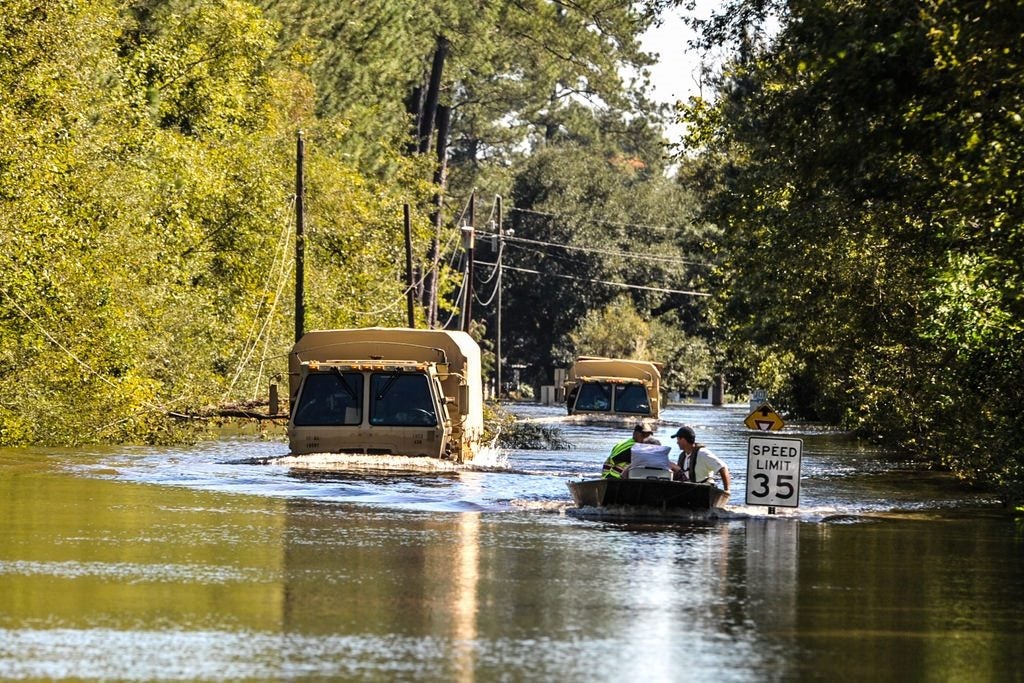Most politicians know that reelection can rest on successfully navigating a disaster response.
A bitter truth is that, as climate change continues to make weather events more intense and frequent, it is increasingly likely that governors will be grappling with critical tests of resilience brought on by more extreme weather events, natural disasters, crumbling infrastructure and cyber threats.
But the paradigm is shifting from disaster response to disaster preparedness, as it is becoming clear that the human and economic toll of not being prepared for disaster may be just as consequential as the immediate response.
The good news is that new leaders taking office this month now have a New Governors’ Resilience Playbook, thanks to a bipartisan committee of 18 governors known as the U.S. Climate Alliance. These experienced leaders advise incoming governors on how to build long-term resilience during their first year in office and recommend a 10-step program based on best practices.
Aimed at busy executives, the playbook is a quick read with lots of good advice about leadership, timeliness and governance. At its core, the message is that new governors need to focus on accelerating actions that build resilience to better prepare for disasters before they strike.
The resilience playbook includes four overarching takeaways for new leaders. Read More »










